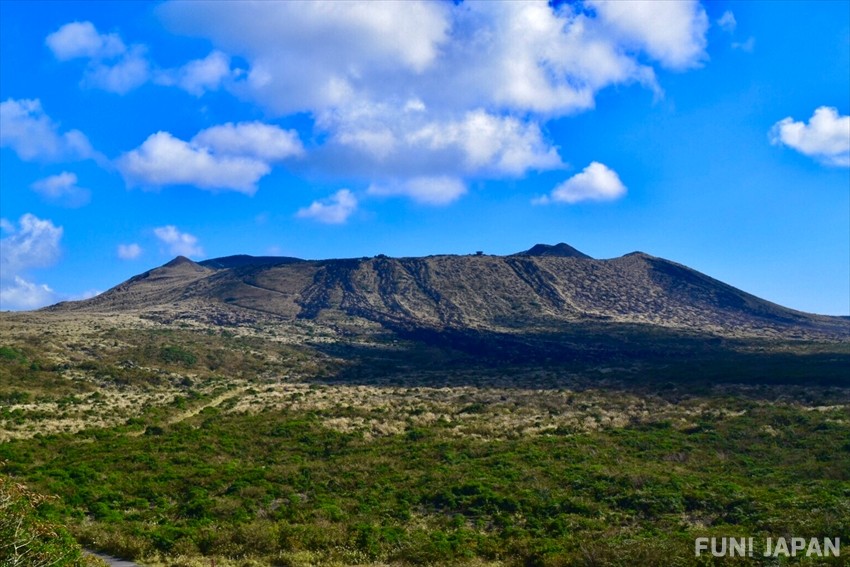
Escaping Tokyo doesn’t mean you have to leave the prefecture. The capital is home to many remote islands, and if you travel over 100km into the Philippine sea, you’ll find yourself on the largest island: Izu Oshima. Popular with hikers, bird watchers and those seeking fresh air and sea views, it’s a side to Tokyo you never knew existed.
Where is Oshima Island?
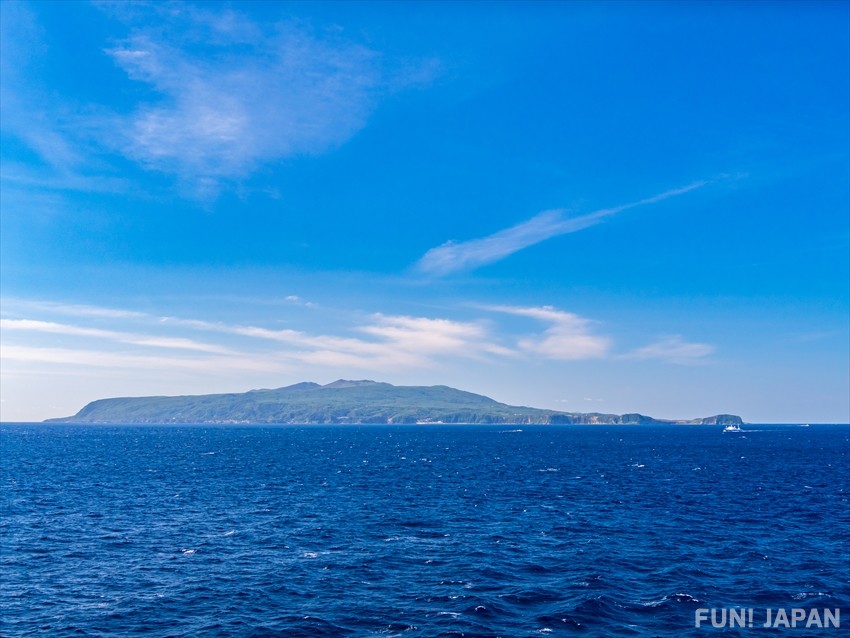
Oshima Island, also known as Izu-Oshima, is a beautiful volcanic island located around 100km from Tokyo. One of the capital’s Izu group of islands, it is the closest and largest. Despite being part of Tokyo Prefecture, it is actually closer to the Izu Peninsula but is managed by the capital along with the neighboring islands. Due to its location, the island has a humid subtropical climate and is kept cool by the sea breeze.
The island has been formed by volcanic eruptions over centuries, with the most recent eruption from the active Mt. Mihara occurring in 1990. Today, the mountain can be climbed, although warning systems are in place for potential eruptions.
What to do on Oshima Island
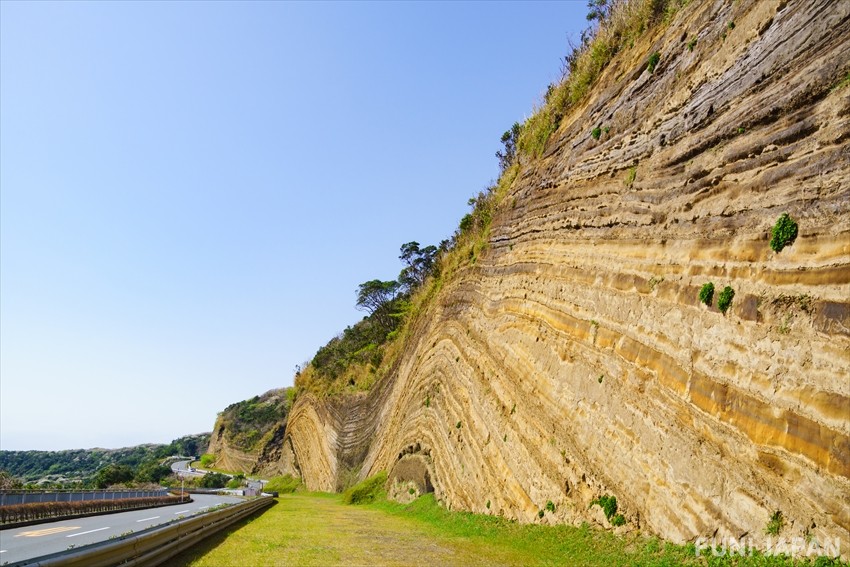
Perfect for those seeking an escape into nature, Oshima island is a haven of hiking and hot springs. The beaches, volcanic museums and seasonal flowers are added extras, with enough to keep visitors busy for a long weekend. The landscape is said to be formed of six elements: Lighting, stones, wind, sea, salt, Camellia and Ashitaba leaves. All shaping the landscape, it means there are ever-changing elements of the island to see and experience.
Natural Hot Springs
There are a number of hot springs on the island of Oshima thanks to the geothermal activity below ground. There are public baths as well as ryokan with private baths, some of which are available to day guests for a small fee. Miharayama Onsen, to the center of the island, is part of the Oshima Onsen Hotel and has indoor and outdoor baths with views of Mt. Mihara. Nearer the port, Motomachi Hama no Yu is another popular option as it is located beside the sea and requires swimsuits as it mixed. Hotel Shiraiwa and Hotel Akamon also have hot springs for guests.
Climb Mt. Mihara
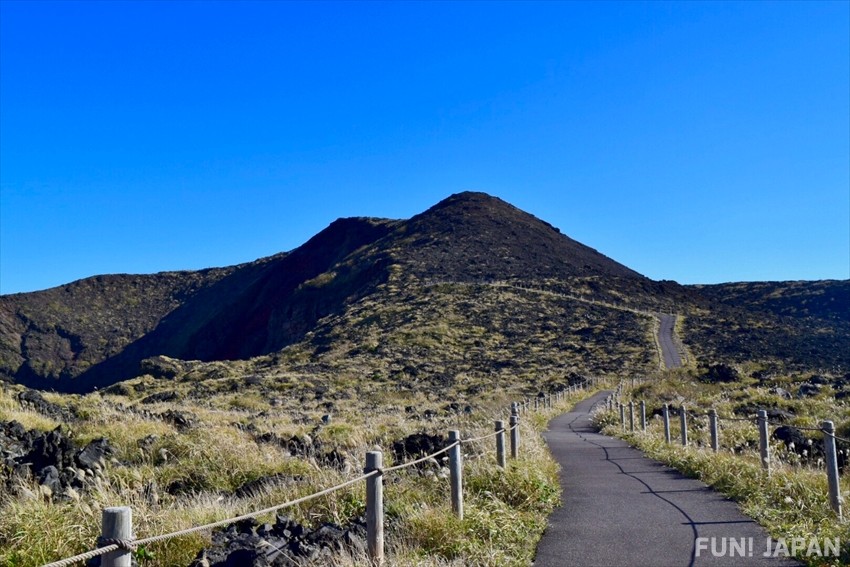
Often compared to the moon, the volcanic landscapes of Mt. Mihara are a sight to behold. It appears in the 1984 classic The Return of Godzilla, in which the creature is trapped by the Japanese Self Defence Force before being awoken by the volcano’s eruption in the sequel Godzilla vs. Biollante. While you may not encounter Godzilla himself on your hike, the scenery makes it a fitting possibility. The hike is an easy level, with routes available taking an hour from Miharayama Onsen. It is possible to see lava sediments from an eruption in 1986, a stark reminder that the forces of nature are not so distant.
Enjoy the Island’s Camellia Flowers
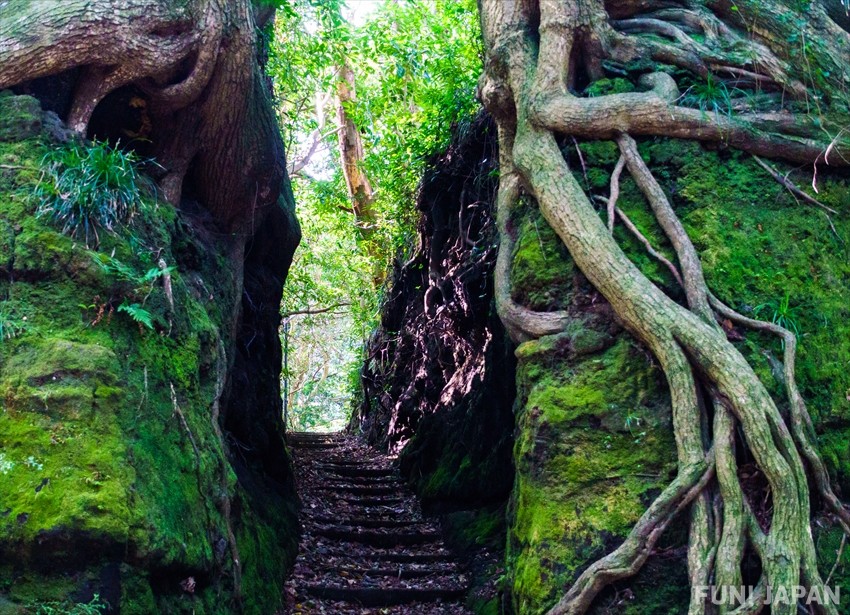
Blooming from January until March, but peaking in February, the Camellia of Oshima are famous across Japan. It is believed the island has more varieties than anywhere else, with a festival held to celebrate them during the first months of the year. Tokyo Municipal Oshima Park on the east side of the island is the camellia highlight, with greenhouses and dozens of varieties to admire. There are a selection of Camellia Oil products to try, making great souvenirs. As well as beautiful flowers, the trees produce unusual sights themselves, with many forming Couple’s trees, where roots combine and you can walk through the trunks.
Spot Information
- Name: Tokyo Municipal Oshima Park (東京都立 大島公園)
- Address: 2 Aza-Fukushige, Senzu, Oshima-machi, Tokyo
- Location: The park is on the east side of the island and contains a small zoo.
- Hours: 8.30 am - 5 pm.
Visit the Volcano Museum
Located in the port town of Motomachi, the volcano museum will teach you everything you need to know about Mt. Mihara, the history of the island’s formation and volcanoes in general. There are volcanic rock samples on display as well as footage of volcanic eruptions, including that of Mt. Mihara.
Spot Information
- Name: Izu-Oshima Volcano Museum (伊豆大島火山博物館)
- Address: 617 Motomachi, Oshima, Tokyo
- Location: The museum is to the south of Motomachi town, on the west side of the island.
- Hours: 9 am - 5 pm
See Salt-making at Umi no Sei
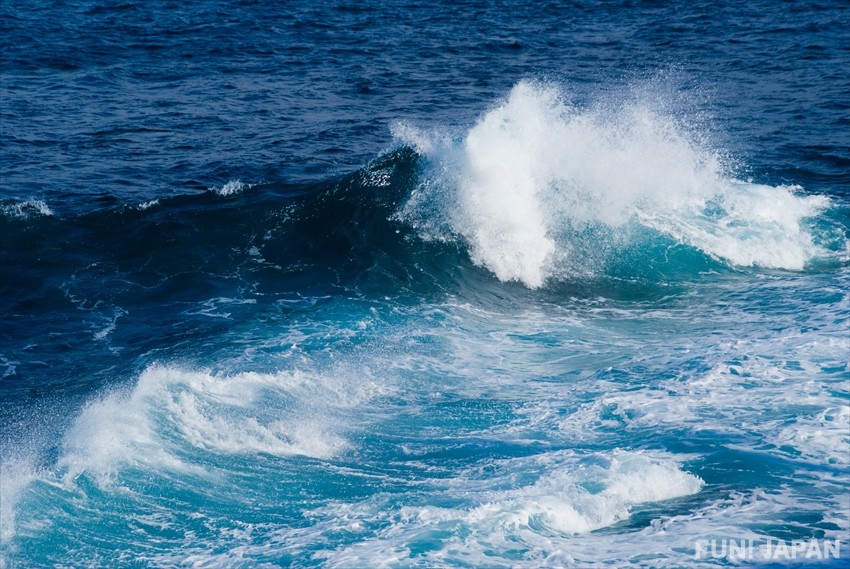
Maintaining the long-lasting tradition of salt production on the island, Umi no Sei use seawater to create high-quality and delicious salt. The simple and delicate process is visible with advance request and the salt can be purchased across the island.
Go Birdwatching
The island is home to a number of rare and local bird varieties you would struggle to see elsewhere. The Japanese Woodpigeon, Ijima’s leaf-warblers, Izu thrushes and Pleske’s Grasshopper Warblers can all be seen on the island.
Stroll through Habu Port
Once an inlet with a lake, Habu Town’s port was opened up to the sea by a Tsunami in the 17th century. Today, the quiet fishing village offers a picturesque look into the past, with wooden houses and quiet streets. There is an observation deck with views of the town below, a great viewpoint for the curved bay of the port and it’s close to Toushiki beach - a popular swimming spot.
Spot Information
- Name: Habu Port
- Location: Habu is located on the southern side of the island, close to the water.
Practical Tips for Exploring Oshima Island
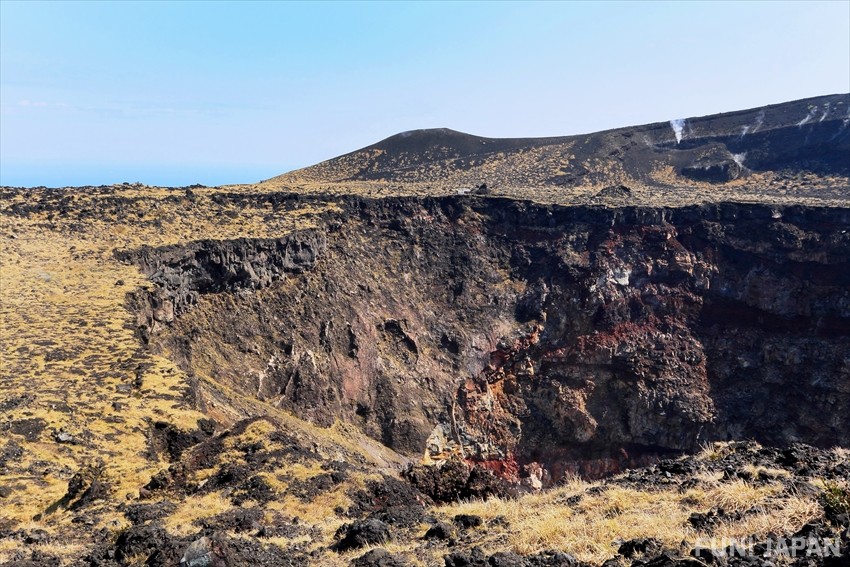
Oshima island may be the biggest of Tokyo’s remote islands, but it is still a small and quiet spot. It takes just an hour to drive the perimeter, with cars or bikes the ideal way to explore as public transport can be limited. Some of the overnight ferried to the island are car ferries and taking your own vehicle is possible, but renting on the island is also an option. It is also important to note that there is no convenience store on the island, so be prepared when you arrive with all the necessities. Be sure to book accommodation in advance as it may be busy in summer and options are limited.
Getting to Oshima Island from Tokyo

There are multiple options for reaching Izu-Oshima from Tokyo and the surrounding areas, be it by air or sea.
Passenger Ferry
An overnight ferry departs from Takeshiba Terminal (five minutes from Hamamatsucho Station) at 10:30pm, taking eight hours. The journey has options of first, second and VIP class among others, with prices for a seat in second class being around 4,500 yen for adults.
Jet Ferry
Alternatively, the Jet Ferry takes just two hours to reach Oshima, but is more expensive. Tickets for an adult cost 7,630 yen for adults. It’s also possible to catch the Jet Ferry from Yokohama and Kurihama, with another service operating from Atami and Ito on the Izu Peninsula, with tickets significantly cheaper, at 4,850 yen for adults.
Flights
There are flights available from Chofu Airport in west Tokyo direct to Oshima Island. Flights take 25 minutes and cost 12,000 yen for adults, with a discount available for return fares. The flights are operated by New Central Airservice, with current timetables reduced due to coronavirus.

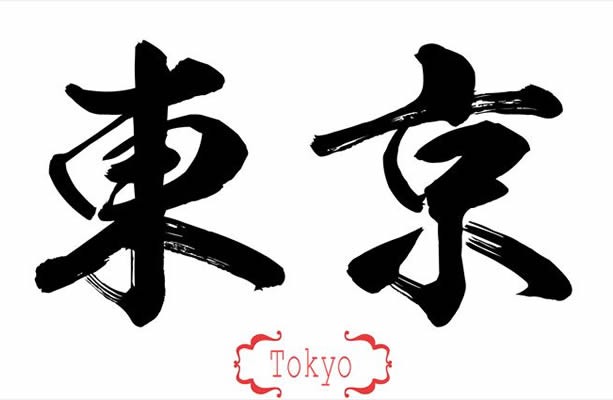
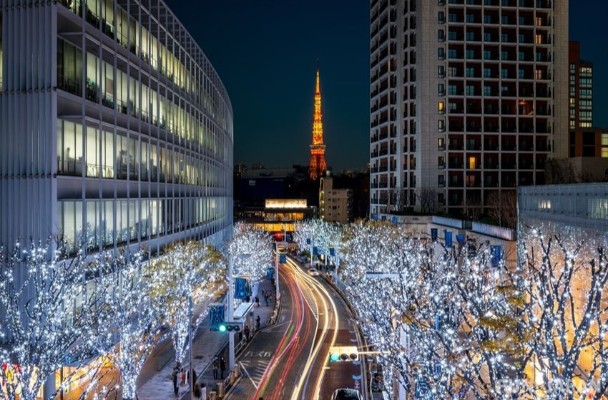
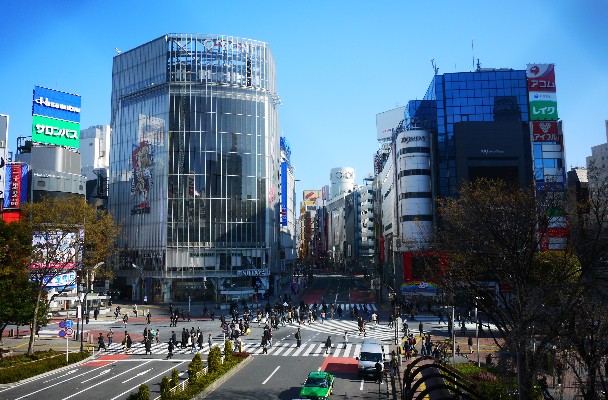
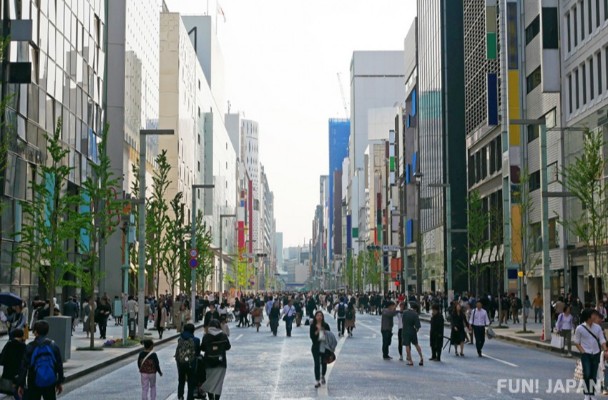


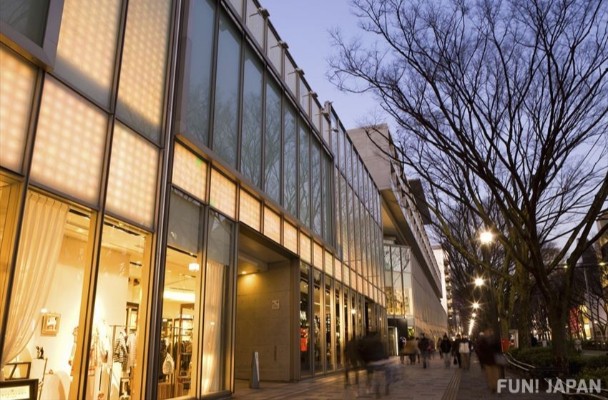
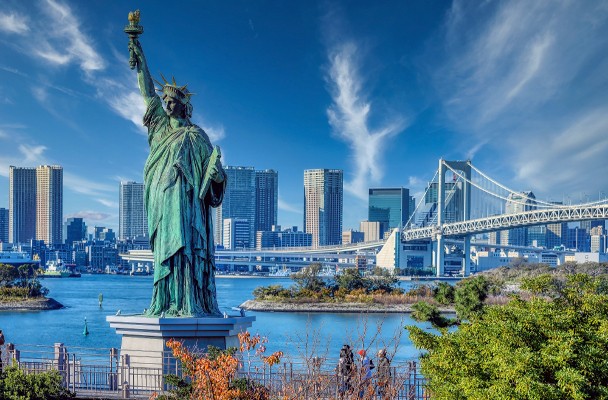
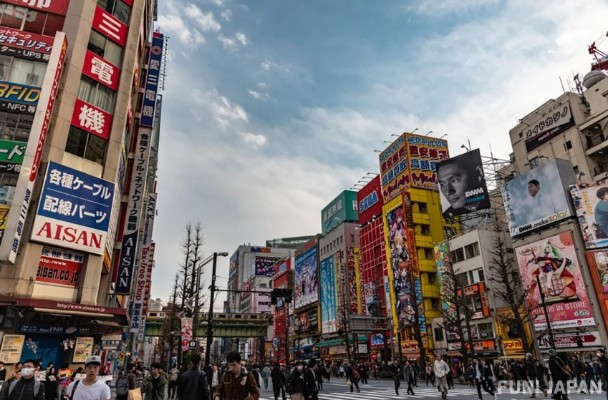

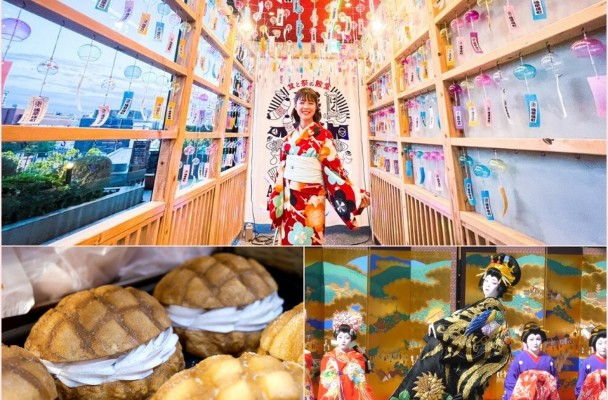

Comments